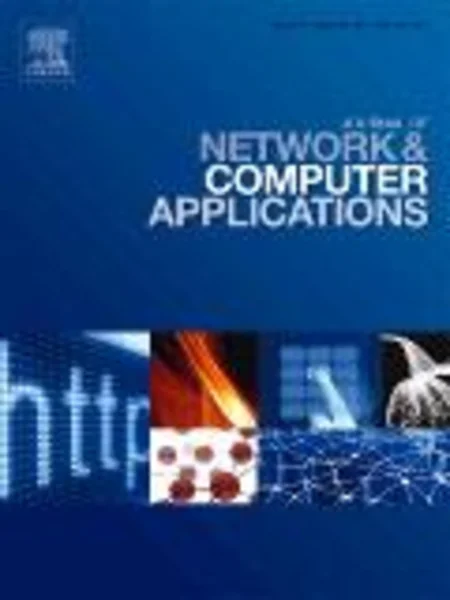-
social network analysis of web links to eliminate false positives in collaborative anti-spam systems
جزئیات بیشتر مقاله- تاریخ ارائه: 1392/07/24
- تاریخ انتشار در تی پی بین: 1392/07/24
- تعداد بازدید: 1148
- تعداد پرسش و پاسخ ها: 0
- شماره تماس دبیرخانه رویداد: -
the performance of today's email anti-spam systems is primarily measured by the percentage of false positives (non-spam messages detected as spam) rather than by the percentage of false negatives (real spam messages left unblocked). one reliable anti-spam technique is the universal resource locator (url)-based filter, which is utilized by most collaborative signature-based filters. url-based filters examine url frequency in incoming email and block bulk email when a predetermined threshold is passed. however, this can cause erroneous blocking of mass distribution of legitimate emails. therefore, url-based methods are limited in sufficient prevention of false positives, and finding solutions to eliminate this problem is critical for anti-spam systems. we present a complementary technique for url-based filters, which uses the betweenness of web-page hostnames to prevent the erroneous blocking of legitimate hosts. the technique described was tested on a corpus of 10,000 random domains selected from the uribl white and black list databases. we generated the appropriate linked network for each domain and calculated its centrality betweenness. we found that betweenness centrality of whitelist domains is significantly higher than that of blacklist domains. results clearly show that the betweenness centrality metric can be a powerful and effective complementary tool for url-based anti-spam systems. it can achieve a high level of accuracy in determining legitimate hostnames and thus significantly reduce false positives in these systems.
مقالات جدیدترین رویدادها
-
استفاده از تحلیل اهمیت-عملکرد در ارائه الگوی مدیریت خلاقیت سازمانی و ارائه راهکار جهت بهبود
-
بررسی تاثیر ارزش وجوه نقد مازاد بر ساختار سرمایه شرکت های پذیرفته شده در بورس اوراق بهادار تهران
-
بررسی تأثیر سطح افشای ریسک بر قرارداد بدهی شرکت های پذیرفته شده در بورس اوراق بهادار تهران
-
بررسی تأثیر رتبه بندی اعتباری مبتنی بر مدل امتیاز بازار نوظهور بر نقد شوندگی سهام با تأکید بر خصوصی سازی شرکت ها
-
تأثیر آمیخته بازاریابی پوشاک ایرانی بر تصویر ذهنی مشتری پوشاک ایرانی (هاکوپیان)
-
تاثیر اجازه در نکاح فضولی از منظر فقه و حقوق
-
معماری یخچال، شاهکاری در دل کویر
-
500-fps face tracking system
-
experimental study of an al2o3/wc–co nanocomposite based on a failure analysis of hammer bit
-
catalytic hydrogenation of xylose to xylitol using ruthenium catalyst on nio modified tio2 support
مقالات جدیدترین ژورنال ها
-
مدیریت و بررسی افسردگی دانش آموزان دختر مقطع متوسطه دوم در دروان کرونا در شهرستان دزفول
-
مدیریت و بررسی خرد سیاسی در اندیشه ی فردوسی در ادب ایران
-
واکاوی و مدیریت توصیفی قلمدان(جاکلیدی)ضریح در موزه آستان قدس رضوی
-
بررسی تاثیر خلاقیت، دانش و انگیزه کارکنان بر پیشنهادات نوآورانه کارکنان ( مورد مطالعه: هتل های 3 و 4 ستاره استان کرمان)
-
بررسی تاثیر کیفیت سیستم های اطلاعاتی بر تصمیم گیری موفق در شرکتهای تولیدی استان اصفهان (مورد مطالعه: مدیران شرکتهای تولیدی استان اصفهان)
-
رابطه بین سکوت سازمانی با عملکرد شغلی دبیران مقطع متوسطه شهرستان گچساران
-
تحلیل شیوه های جذب محبت الهی در آموزه های قرآن و حدیث
-
heavy metal contamination of zinc and lead in region 1 and 2 of the main city of ardabil
-
theoretical study of effect ligands on molecular & orbital properties of cu complexes of industrial dyes formazan
-
the role of good governance mediation in the relationship of management efficiency and accountability




سوال خود را در مورد این مقاله مطرح نمایید :